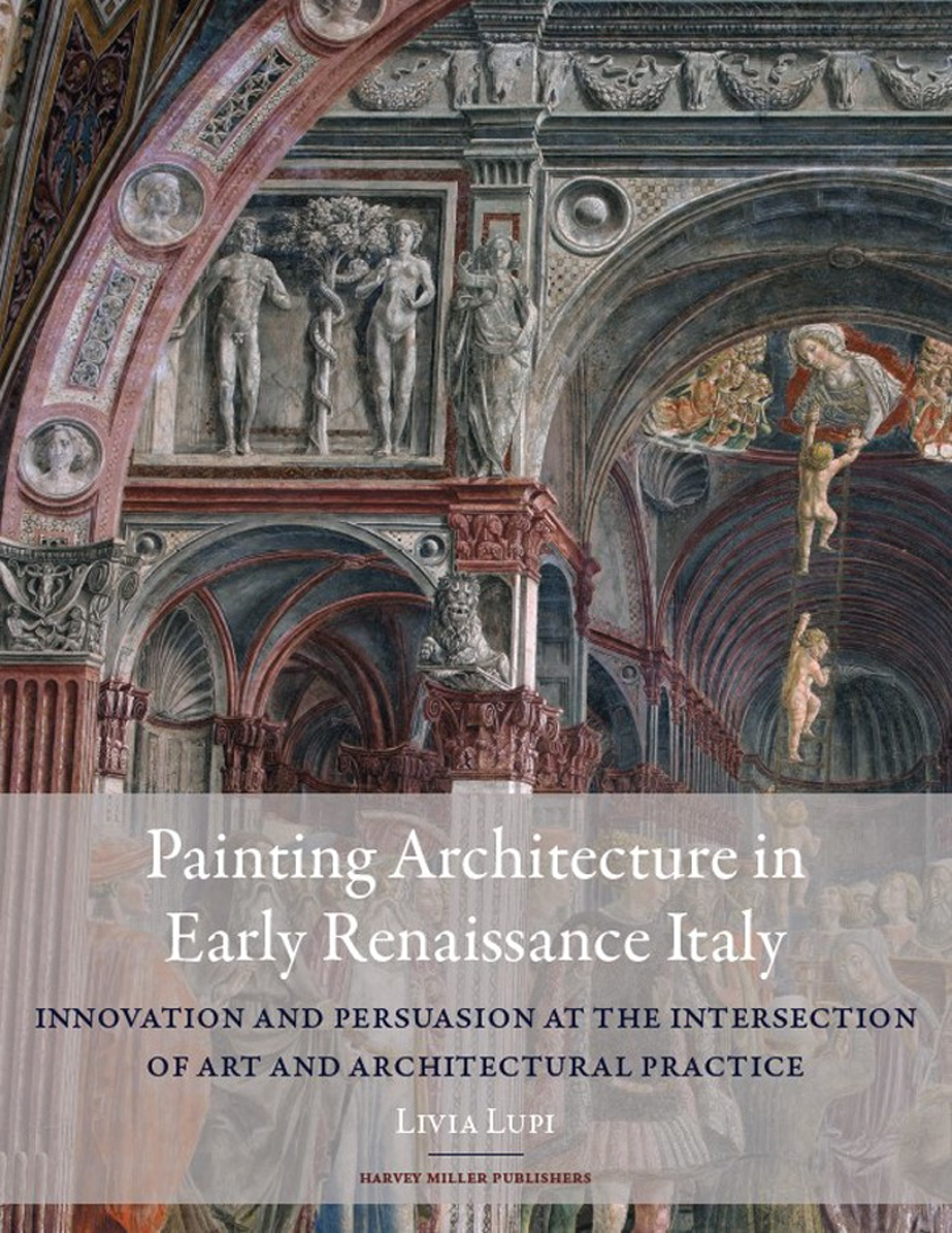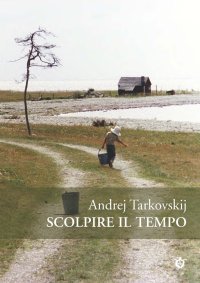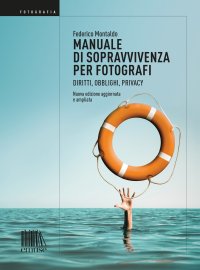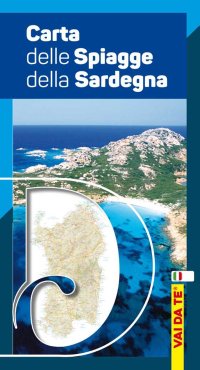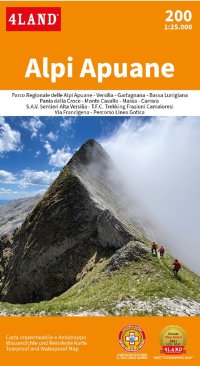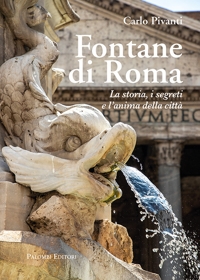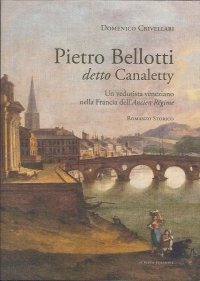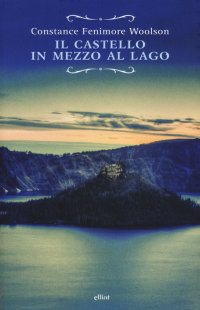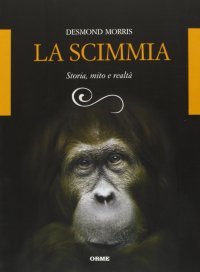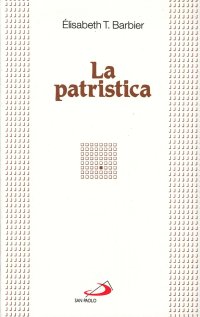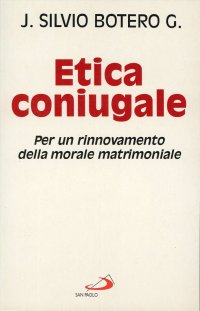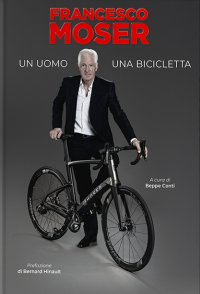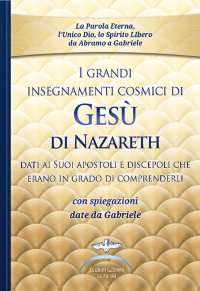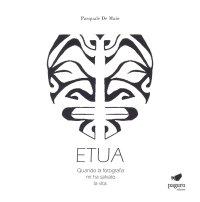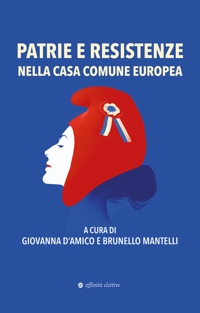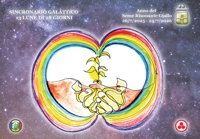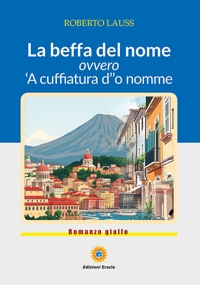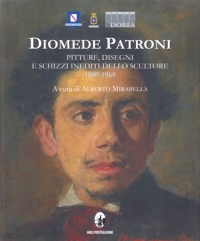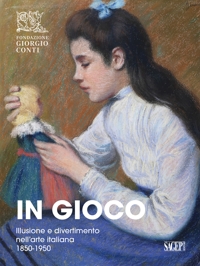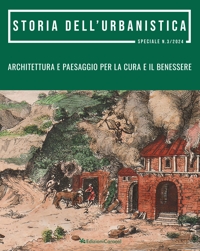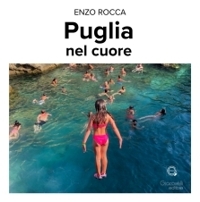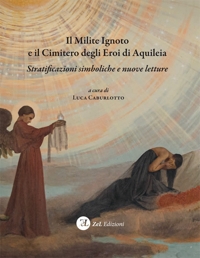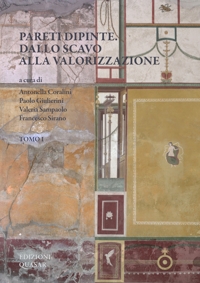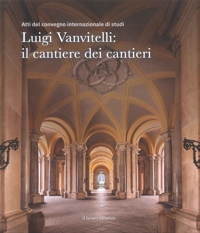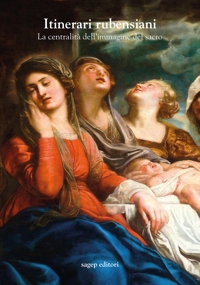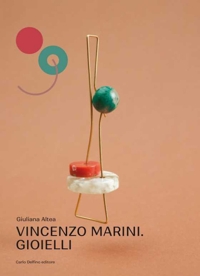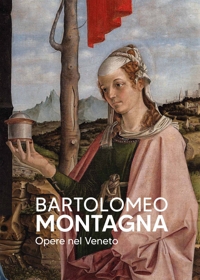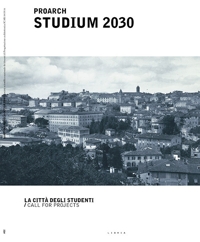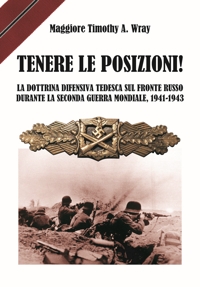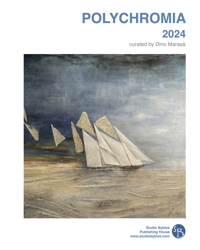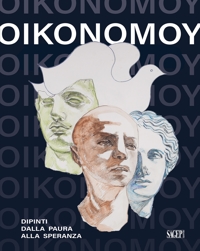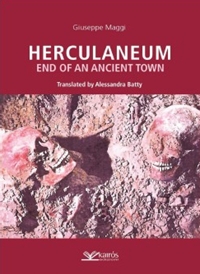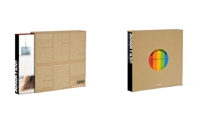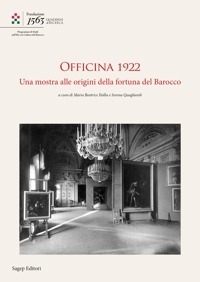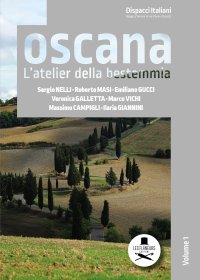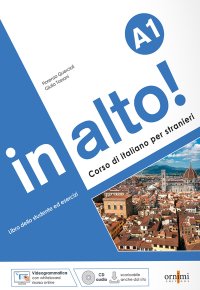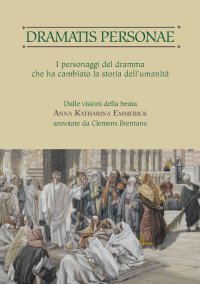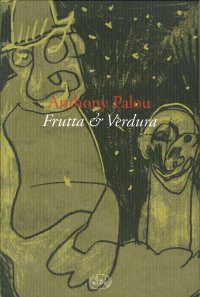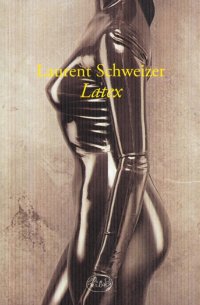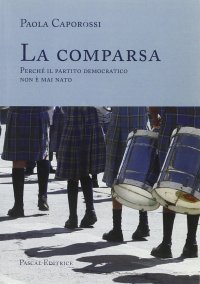Felice Palma. Massa 1583-1625. Collezione / Collection.
Testi di Andrei Cristina, Ciarlo Nicola, Federici Fabrizio, Claudio Casini e Sara Ragni.
Testo Italiano e Inglese.
Pontedera, 2024; ril. in cofanetto, pp. 289, ill. b/n e col., tavv. b/n e col., cm 24,5x34.
(L'Oro Bianco. Straordinari Dimenticati. The White Gold Forgotten Masters).
prezzo di copertina: € 160.00
|
Libri compresi nell'offerta:
Felice Palma. Massa 1583-1625. Collezione / Collection.
Testi di Andrei Cristina, Ciarlo Nicola, Federici Fabrizio, Claudio Casini e Sara Ragni.
Testo Italiano e Inglese.
Pontedera, 2024; ril. in cofanetto, pp. 289, ill. b/n e col., tavv. b/n e col., cm 24,5x34.
(L'Oro Bianco. Straordinari Dimenticati. The White Gold Forgotten Masters).
OMAGGIO (prezzo di copertina: € 160.00)
Le botteghe del marmo
Testo Italiano e Inglese.
Ospedaletto, 1992; ril., pp. 153, 10 ill. b/n, 60 ill. col., cm 24x29.
(Immagine).
OMAGGIO (prezzo di copertina: € 34.49)
Museo Stefano Bardini. I Bronzetti e gli Oggetti d'Uso in Bronzo
A cura di Nesi A.
Firenze, 2009; br., pp. 191, 102 ill. b/n, 7 ill. col., cm 17x24,5.
(Museo Stefano Bardini).
OMAGGIO (prezzo di copertina: € 30.00)
Bronzetti e Rilievi dal XV al XVIII Secolo
Bologna, 2015; 2 voll., ril. in cofanetto, pp. 729, ill., tavv. col., cm 21,5x30,5.
OMAGGIO (prezzo di copertina: € 90.00)
Painting Architecture in Early Renaissance Italy. Innovation and Persuasion at the Intersection of Artistic and Architectural Practice
Harvey Miller Publishers
Testo Inglese.
London, 2024; ril., pp. 220, 3 ill. b/n, 138 ill. col., cm 22x28.
(Renovatio Artium. 12).
collana: Renovatio Artium.
ISBN: 1-915487-03-X - EAN13: 9781915487032
Soggetto: Pittura,Saggi (Arte o Architettura)
Periodo: 1400-1800 (XV-XVIII) Rinascimento
Testo in: 
Peso: 0 kg
Rather than interpreting architectural settings as purely spatial devices and as lesser counterparts of their built cognates, this book emphasises their intrinsic value as designs as well as communicative tools, contending that the architectural imagination of artists was instrumental in redefining the status of architectural forms as a kind of cultural currency. Exploring the nexus between innovation and persuasion, Livia Lupi highlights an early form of little-discussed paragone between painting and architecture which relied on a shared understanding of architectural invention as a symbol of prestige.
This approach offers a precious insight into how architectural forms were perceived and deployed, be they two or three-dimensional, at the same time clarifying the intersection of architecture and the figural arts in the work of later, influential figures like Giuliano da Sangallo, Raphael, Michelangelo and Baldassarre Peruzzi, whose work would not have been possible without the architectural experimentation of early fifteenth-century artists.
Federico Montaldo € 16.15
€ 17.00 -5 %
Etica Coniugale. Per un Rinnovamento della Morale Matrimoniale
In gioco. Illusione e divertimento nell'arte italiana 1850-1950
Proarch Studium 2030. La città degli studenti/Call for projects
Officina 1922. Una Mostra alle Origini della Fortuna del Barocco











